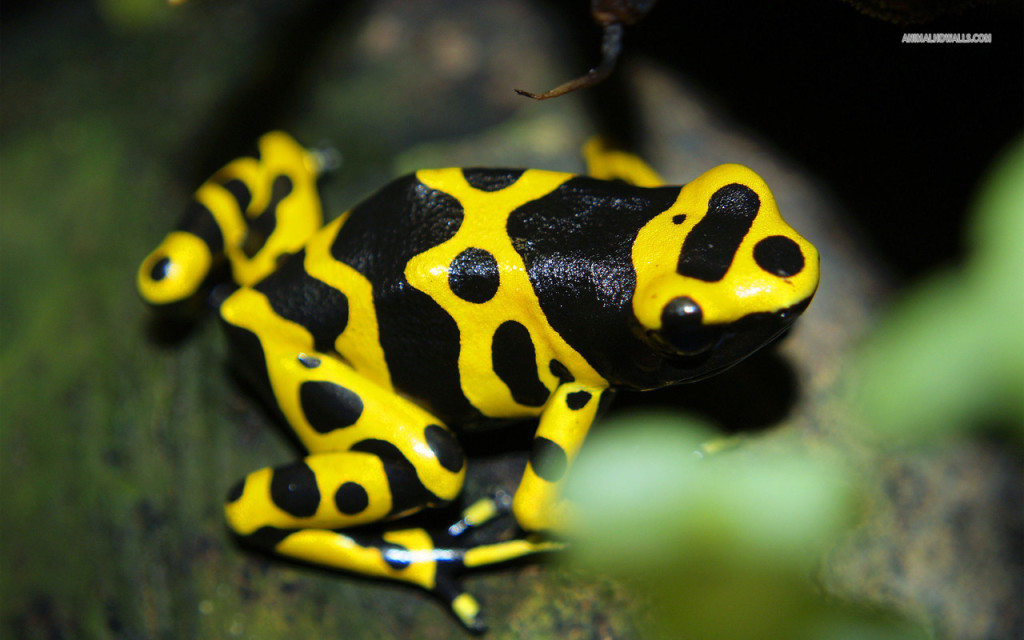About 100 poison dart frogs (Dendrobatidae) are lodged in a hotel by the Panama Canal, where visitors can admire the tiny, bright-colored amphibians whose habitat is threatened by human activities.
The permanent “Land of Frogs” exhibit showcases three types of poison dart frogs, which are endemic in Central and South America, living in glass enclosures with some 25 plants that replicate their natural environment.
Among the most important plants is the bromelia, characterized by its ability to collect water on its leaves, which plays a key role in the frogs’ survival.
Poison dart frogs can live up to 10 years in captivity. Females spawn up to 12 eggs on fallen leaves and soil, and when the eggs hatch the male frog carries the tadpoles on its back to a bromelia to complete the cycle.
Poison dart frogs “are distinguished by their small size and the bright color of their skin, which contains toxic alkaloids warning predators about the animal’s bad taste or poison,” Jose Soto, activities director at the Gamboa Rainforest Hotel, told Efe.
The frogs in the exhibit, however, are not endowed with the toxic defensive enzyme since they are fed on rotten fruit.
Dart frogs produce the toxins when they eat insects, ants and some beetles, which, in turn, obtain the chemicals from plants.
“Anyway, the chances of dying because of a poisonous frog are minimal and there are only two ways: either you eat it or you handle it and the poison enters through an open wound,” Soto said.
The devastation of the poison dart frogs’ environment from human encroachment is more of a threat to their survival than natural dangers, such as the amphibian chytrid fungus (Batrachochytrium dendrobatidis) that is wiping out frog populations around the world.
The hotel’s frog garden is the result of a six-month project to create a habitat for plants to mature and adapt, with employees getting the glass enclosures ready to receive the first 30 tiny frogs, Soto said.
The hall includes a hydration system that sprays mist for five minutes every hour and a mix of cane and mud to keep the soil moist.
Designers took into account the needs of wheelchair-bound visitors by laying out a wide lane around the exhibit, and the fence was topped at the proper height for 3-year-old and older children to be able to see the frogs.
Sergio Bustamante, who specializes in breeding dart frogs in Panama and donated the specimens for the exhibit, was an adviser to the project.
